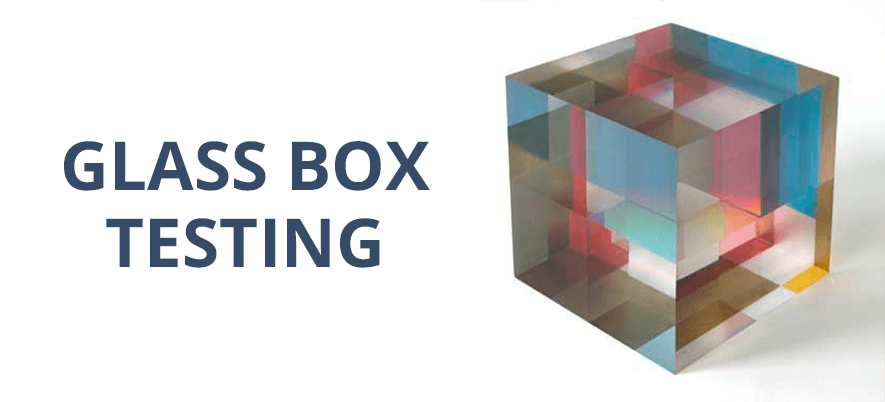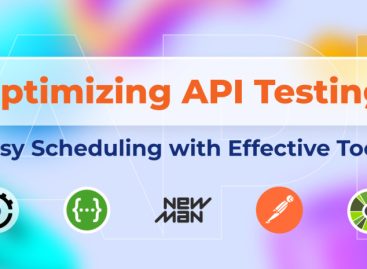- QATestLab Blog >
- QA Basics >
- Types of Software Testing >
- What is glass box testing?
Black-box and glass-box are test design techniques. Black-box test doesn’t use information about the internal structure in full. Black-box test is known as focusing on functional requirements testing.
Glass-box test allows peeking inside the “box”, and it focuses especially on using internal knowledge of the software product. You should know that these techniques are used at the time of the test design stage, and their impact is difficult to see in the tests once they’re implemented.
Glass Box Testing Definition
Software testing approaches that investigate the program structure and get test data from the program logic.
Structural testing is sometimes mentioned as clear-box testing since white boxes are considered opaque and do not really permit visibility into the code.
Glass-box testing is also called:
- Clear Box testing
- Structural testing
- Open Box Testing
- White Box testing
Benefits of Glass Box Testing:
- reveals defects in “hidden” code
- beneficent side-effects
- optimizations
- approximates the partitioning done by execution equivalence
- forces test developer to reason carefully about the implementation
Shortcomings of Glass Box Testing:
- miss cases omitted in the code
- costly
Intermix of Glass-box and Black-box
In practice we have such approaches:
- the program executes differently under two inputs with the same specs
- the program executes two inputs the same which have different specs








No Comments Yet!
You can be the one to start a conversation.